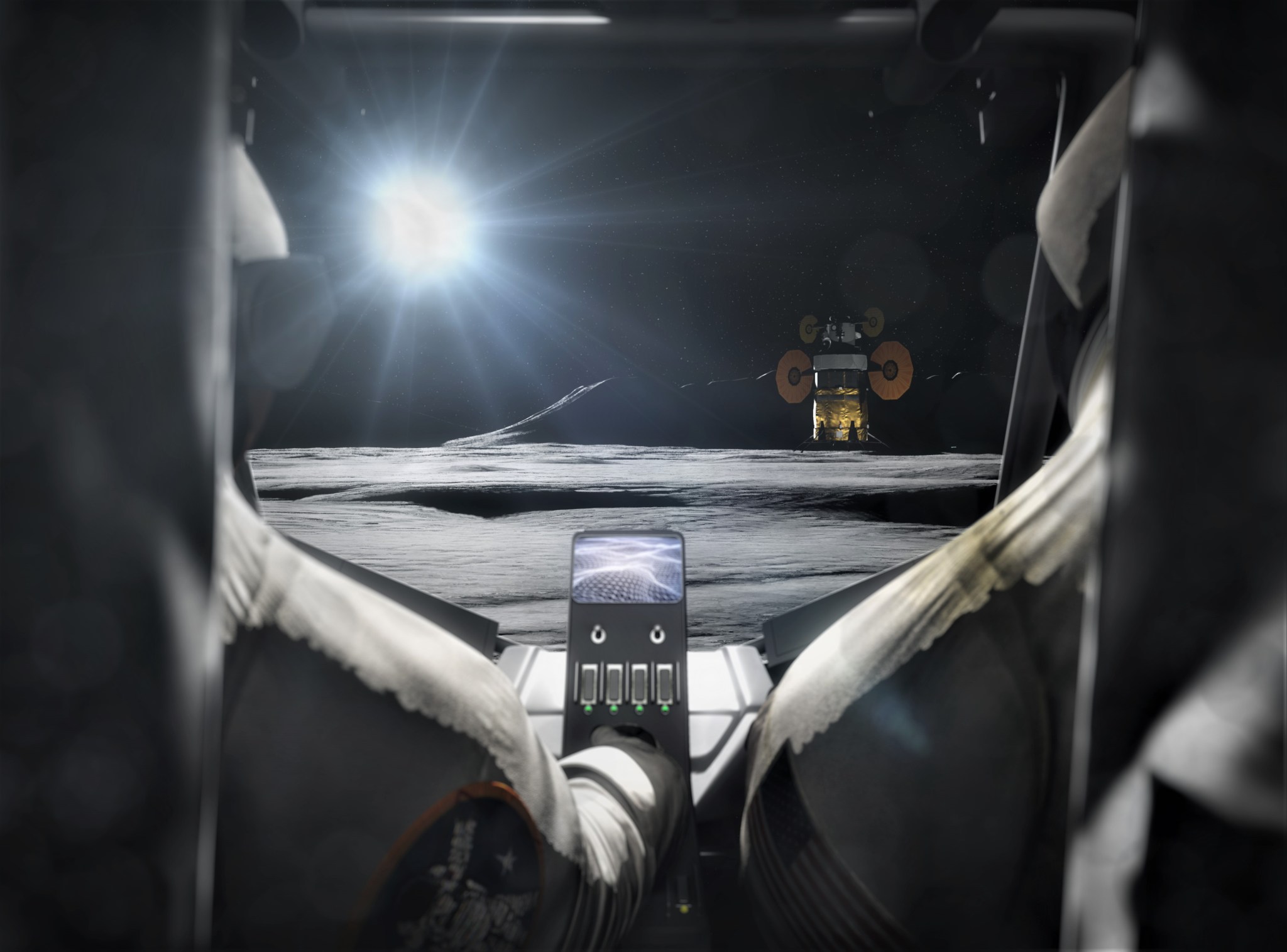As NASA’s Artemis lunar exploration program mounts toward a robust decade of modern science, research, and human exploration at the Moon, the agency is asking American companies to think about how to get around on the lunar surface.
NASA issued two separate Requests for Information (RFI) seeking industry approaches for development of robotic mobility systems and human-class lunar rovers. With these RFIs, NASA seeks to foster an emerging American market of lunar transportation capability by engaging the terrestrial vehicle and robotic communities.
First, the space agency is asking for concepts on robotic mobility systems to transport instruments across the lunar surface, conducting critical scientific research across wide areas of terrain, including areas where humans may not explore.
“As we return to the Moon with Artemis, we’re seeking new and innovative approaches that allow us to operate robotically anywhere on the lunar surface and explore more of our nearest neighbor than ever before,” said Steve Clarke, deputy associate administrator for exploration, Science Mission Directorate at NASA Headquarters in Washington. “We are turning to industry to offer us exciting approaches to leverage existing systems here on Earth—including law enforcement, military, or recreational vehicles—that could be modified for use in space to enhance our mobility architecture.”
To expand the exploration footprints of the first woman and next man on the Moon, NASA also is seeking industry feedback on relevant state-of-the-art commercial technologies and acquisition strategies for a new lunar terrain vehicle or LTV. The LTV will be a human-rated, unpressurized (unenclosed) rover that will be used to help astronauts explore and conduct experiments somewhere humans have never been before: the lunar South Pole.
“The most we can expect crew to walk while wearing their spacesuits is about a half-mile,” said Marshall Smith, director of human lunar exploration programs in the Human Exploration and Operations Mission Directorate at NASA Headquarters. “If we can place a rover near a landing site before crew arrive, the potential for scientific return on those first missions will grow exponentially.”
The proof is in the past. The total areas explored for Apollo astronauts grew from a little over half a mile during Apollo 11, to 15 miles during Apollos 15-17. With the Lunar Roving Vehicle, astronauts were able to explore much more diverse geological features to maximize the science return of those missions.
“We also want to hear from industry leaders in all-terrain vehicles, electric vehicles, and more—this is not exclusive to the space industry,” notes Smith. “We want our rovers on the Moon to draw on, and spur, innovations in electric vehicle energy storage and management, autonomous driving, and extreme environment resistance.”
Clarke added, “Companies of all sizes are already partnering with us to deliver payloads to the lunar surface through our Commercial Lunar Payload Services (CLPS) initiative. We look forward to what industry shares with us as we consider early ideas on how humanity will explore the Moon robotically and with crew in the coming years.”
Increasing mobility on the Moon is the latest step to strengthen NASA’s Artemis program, where the agency will use the Moon to test new systems and technologies before sending crew to Mars in the 2030s. The agency will soon select new providers to design and develop a Human Landing System as well as new logistics suppliers for the Gateway in lunar orbit. And, as Clarke mentioned, NASA is continuing to accelerate its scientific work ahead of a human return, working with a pool of 14 companies on contract to bid on commercial Moon deliveries. Two of those providers, Astrobotic and Intuitive Machines, will deliver the first sets of science instruments and technology development payloads to the lunar surface next year.
The RFIs are to inform strategic planning, inviting industry to provide information to help shape the evolution of the Artemis mobility architecture to achieve the greatest scientific and exploration value.
Responses to the SMD RFI are due March 6, and responses to the HEOMD RFI are due Feb. 26.
The LTV RFI is available here:
https://sam.gov/opp/46cd587dcba34a8e96792f26d3c7a8d8/view
The robotic mobility systems RFI is available here:
For more information about NASA’s Artemis lunar exploration program, visit:
https://www.nasa.gov/artemisprogram
NASA hosted a virtual industry forum Feb. 12, to explain the strategy and answer questions from potential responders. Industry forum materials are available here:
Lunar Rover Industry Forum Participant List
Lunar Rover Virtual Industry Forum Briefing
Lunar Rover Virtual Industry Forum Q&A Log





























